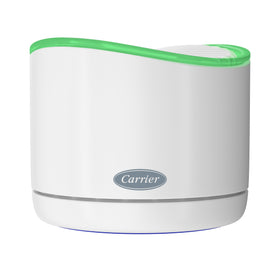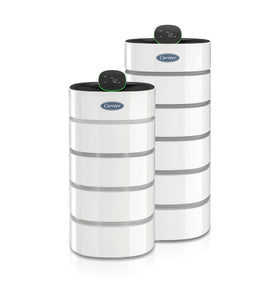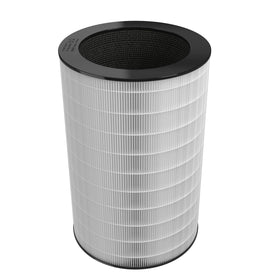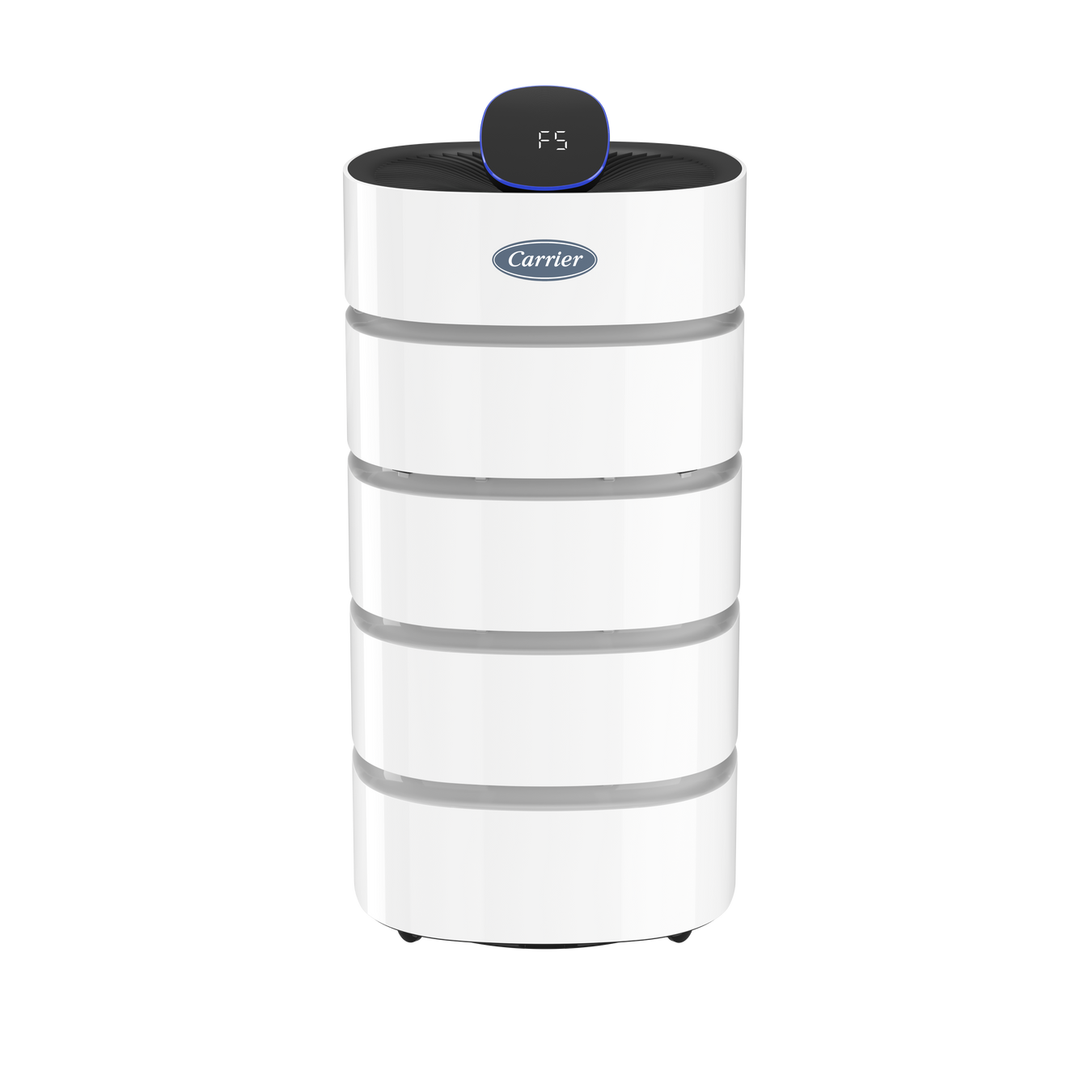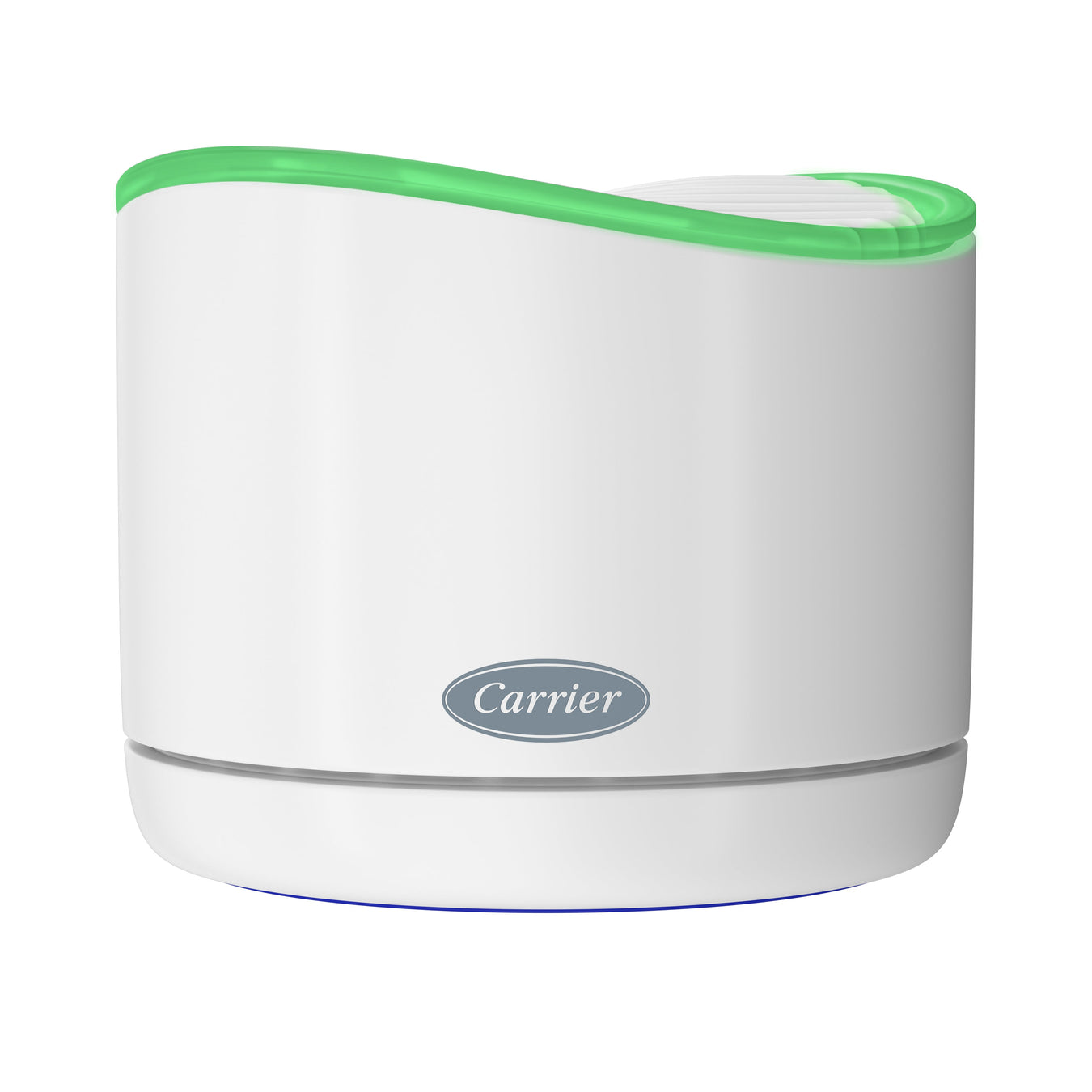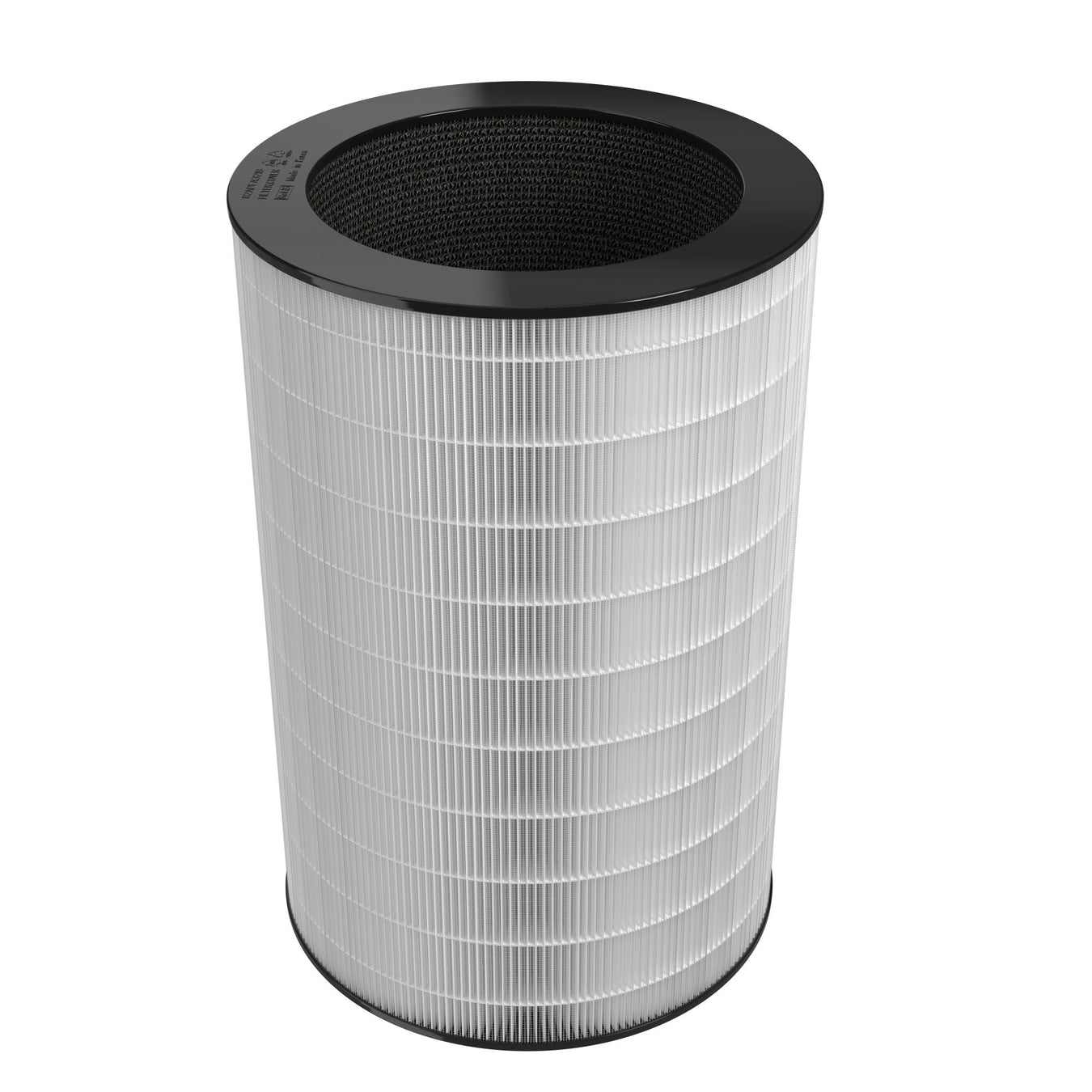
What Does Unhealthy Air Quality Mean?
Outdoor activities can be a great way to enjoy the benefits of fresh air. However, most people spend a high percentage of their time inside, where the air can actually be more polluted and unhealthier than it is outdoors. So, what does unhealthy air quality mean? The experts at Carrier have been exploring ways to improve air quality for years. It started with finding a solution for indoor humidity control at a textile factory and has blossomed into an entire industry. That stated, we can share a number of insights into poor indoor air quality issues, including how poor air quality is measured, what causes unhealthy air quality, what are some symptoms of unhealthy air quality, and how to avoid health problems caused by poor indoor air quality. Armed with this information, you can take steps to address unhealthy air issues in your home with a combination of eliminating sources of air pollutants and the addition of air purification products by Carrier.
Carrier smart air purifiers offer highly effective options for mitigating unhealthy indoor air. Our three-step filtration process includes:
- A pre-filter to trap larger airborne particles
- A HEPA-certified filter for filtering 99.97% of airborne particles 0.3 microns in size
- An activated carbon filter for odors
For more detailed information on these products and all of their capabilities, we recommend browsing our complete selection of Carrier air purifiers.
How Is Poor Air Quality Measured?
In response to growing concerns over outdoor air pollution and its effect on the general population – the EPA established the Air Quality Index (AQI). The AQI provides a standard measurement of the five most common pollutants found in bad air – ground-level ozone, particle pollution, carbon monoxide, sulfur dioxide, and nitrogen dioxide alongside six levels of health concern and what they mean. Older adults, children and our most vulnerable should consult the AQI often as they are “at greater risk from the presence of particles in the air”.1 Larger metropolitan areas (350K or higher population) are required to report the AQI daily. You can look up the AQI for your area on the AirNow.gov website, local weather stations make it available during broadcasts or on their websites, and it can be found on many weather apps.

Getting a good read on indoor air quality, however, takes a little more effort. A good solution would be to purchase an indoor air quality monitor from a trusted brand – like the Carrier Room Air Monitor. Our smart indoor air quality monitor can track the quality of the air in your living space. Its portable size makes it easy to place within different rooms throughout your home. It detects fine particles (PM2.5), which are associated with allergies and asthma2 and also helps you monitor relative humidity, room temperature, and Total Volatile Organic Compounds (TVOCs).
What are the Causes of Unhealthy Air Quality?
Knowing what causes unhealthy air quality can be the key to minimizing exposure to airborne pollutants and particulate matter and the associated health impacts.
Outdoor air is often a mix of pollutants from man-made sources such as gas-powered automobiles and trucks or pollution from power plants and factories, and naturally occurring pollution like carbon dioxide from plants and animals, sulfur oxide from forest fires or biological decay also contribute to unhealthy air quality.3
Inside, particulate matter like dust, mold spores, pollen and smoke, along with volatile organic compounds (VOCs), carbon monoxide (from fireplaces or gas-burning appliances) can make indoor air unhealthy; further, outdoor air can infiltrate indoors where pollutants can become trapped.4
While an easy solution for outdoor pollution is to go inside, improving indoor air quality can be a bit trickier. It starts with identifying and eliminating as many of the sources of airborne pollutants within your home. Adding a high-quality air purifier can be the next step.
An air purifier typically works by using a fan to cycle air through a filter or series of filters where many pollutants are filtered. Whole-home models work by filtering air as it circulates through your HVAC system, while room-based models can add more targeted filtering for specific areas or rooms. Additionally, HVAC systems often can’t accommodate higher efficiency filters like room air purifiers do. HEPA filters, which are considered the gold standard, and higher MERV filters have a fairly high air resistance, which most heating and air conditioners systems are not designed to work against.
When considering a room air purifier, be sure to select one that is rated for the square footage of the room will be operating (assuming 8-foot ceilings). An undersized model will not have the capacity to effectively clean the air.
Unhealthy Air Quality Symptoms
According to AirNow.gov, ozone and particle pollution can trigger asthma symptoms in the general population, with older adults and children with asthma being especially vulnerable. Polluted air can also lead to irregular heart rhythms, stroke, or heart attacks, particularly for those already at risk.5 These are just a few examples of why learning to recognize the symptoms of unhealthy air and taking steps to avoid it can be beneficial to your health.
What Are the Symptoms of Poor Air Quality?
So, what are the symptoms of poor air quality?6 Here are some examples:
- Itchy, watery eyes
- Runny nose
- Irritated respiratory system
- Headache
- Fatigue
- Coughing
- Wheezing
While these unhealthy air quality symptoms can be irritating, don’t discount the notion that there can be serious long term health effects as well. Long exposure times or repeated exposure can lead to more serious illness, or even death.6
How to Avoid Health Problems Caused by Poor Air Quality?
If you are planning outdoor activities, we recommend always checking the Air Quality Index through the AirNow.gov website, local weather services, or on the Carrier Home app. An AQI of 0-50 generally means it’s a good day to be outside. Otherwise, limit physical exertion and follow the recommendations outlined on the Air Quality Guide for Particle Pollution.
Inside, you can reduce your exposure to unhealthy air by minimizing outdoor air infiltration into your home and eliminating sources of airborne pollutants indoors. You can also improve air quality in your home by upgrading your HVAC system air filtration and using one or more HEPA certified room air purifiers.

We also recommend installing a good quality carbon monoxide (CO) alarm to alert your family if carbon monoxide levels become too high.7
- https://www.epa.gov/outdoor-air-quality-data/air-data-basic-information
- https://www.epa.gov/sciencematters/links-between-air-pollution-and-childhood-asthma
- https://www.epa.gov/report-environment/outdoor-air-quality
- https://www.epa.gov/indoor-air-quality-iaq/introduction-indoor-air-quality
- https://www.epa.gov/sciencematters/links-between-air-pollution-and-childhood-asthma
- https://www.epa.gov/report-environment/indoor-air-quality?
- https://www.epa.gov/indoor-air-quality-iaq/what-about-carbon-monoxide-detectors

